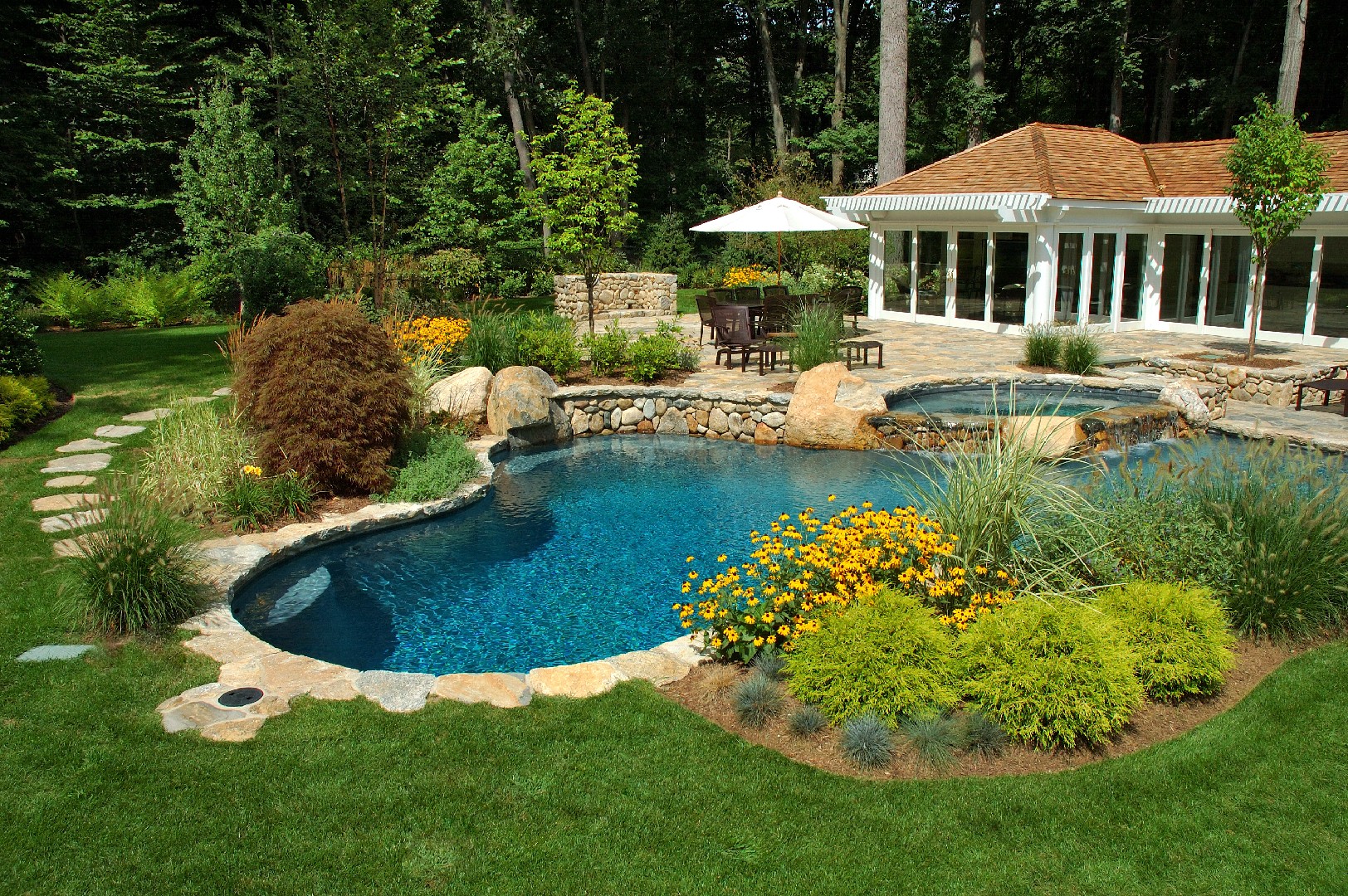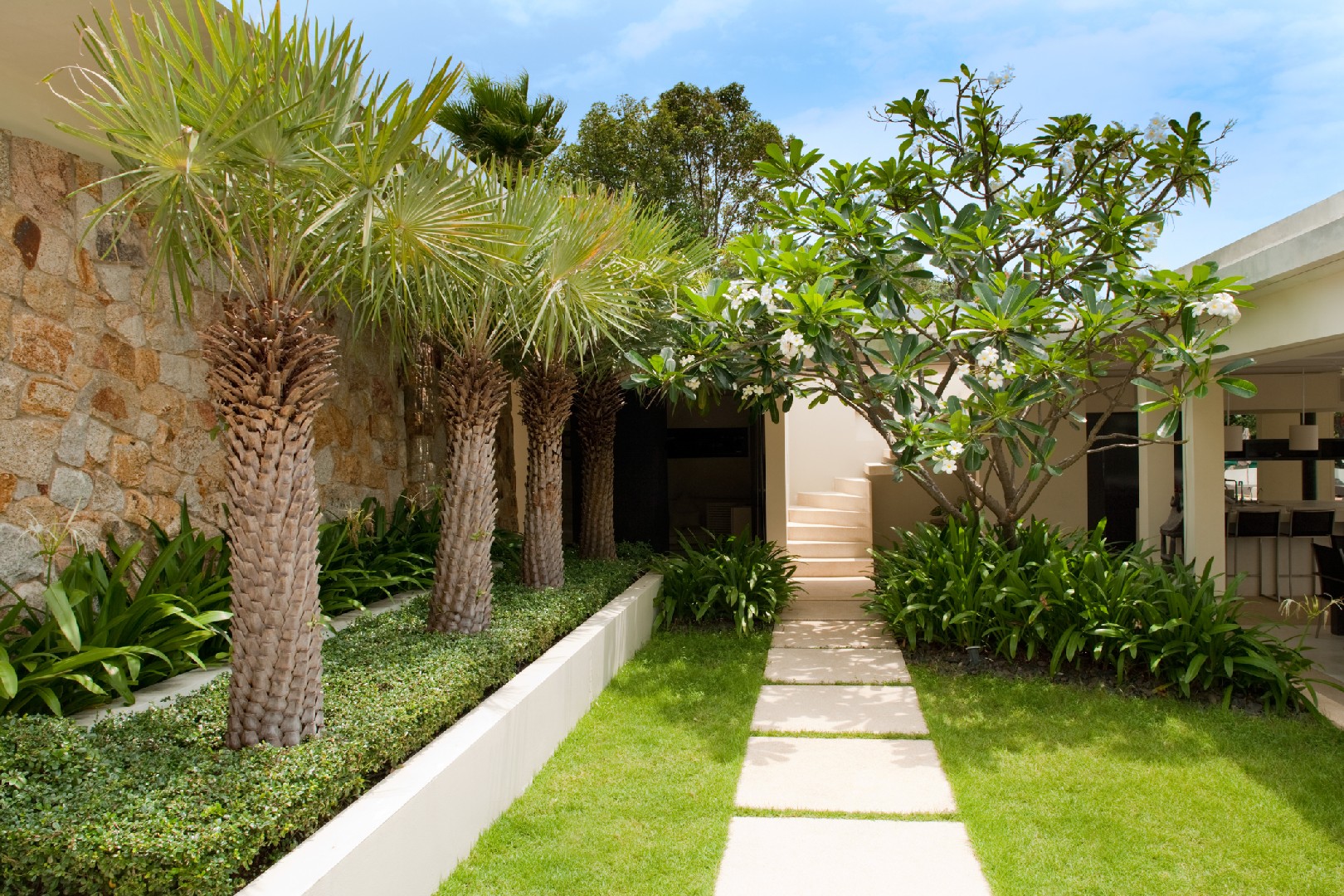![Rectangle]()
The Dawn of Landscape Design: Early Civilizations
In the ancient world, landscape design was primarily driven by utility rather than aesthetics. Early civilizations recognized the importance of organizing their surroundings to optimize agricultural productivity, provide protection, and facilitate religious ceremonies. Let's take a journey through time to explore the origins of landscape design in major ancient civilizations.
One of the earliest known civilizations to embrace landscape design was Egypt. The Egyptians placed great importance on the Nile River and its annual flooding, which provided fertile soil for agriculture. They developed sophisticated irrigation systems, including canals and reservoirs, to control the flow of water and enhance agricultural output. The layout of their cities and agricultural fields was meticulously planned, with gardens and orchards playing a crucial role in providing sustenance.
Moving to ancient Greece, we find another influential civilization in the development of landscape design. The Greeks were inspired by the natural beauty of their surroundings and sought to recreate it in their built environments. One notable technique they employed was the concept of symmetria, which sought to achieve balance and harmony in the arrangement of buildings, gardens, and open spaces. They also introduced the idea of the sacred grove, a secluded area dedicated to worship and contemplation, often adorned with trees, statues, and water features.
China, too, made significant advancements in landscape design during ancient times. The Chinese embraced the philosophical concept of Feng Shui, which emphasized the harmonious arrangement of natural and built elements to create a positive energy flow in the environment. They integrated gardens seamlessly into their architecture, creating spaces that were both functional and aesthetically pleasing. The concept of 'borrowed landscapes' was also introduced, where the natural surroundings were incorporated into the design to enhance the overall beauty and serenity of the space.
As these civilizations evolved, so too did their design philosophies. Religious beliefs, royal status, and agricultural needs continued to shape their approach to landscape design. For example, in Egypt, the grand temples and monumental tombs became prominent features of the landscape, reflecting the religious significance and the status of the rulers. Meanwhile, in Greece, the emphasis shifted more towards creating spaces for leisure and intellectual pursuits, with theaters, public baths, and public gardens becoming common.
Studying the landscapes of these ancient civilizations not only provides us with insights into their cultures and way of life but also offers valuable lessons for modern-day landscape design. It teaches us the importance of integrating functionality with aesthetics, considering the natural environment, and creating spaces that are harmonious and enjoyable.
Whether you are a homeowner looking to enhance your backyard or a professional landscape designer, understanding the origins and evolution of landscape design can inform your approach. By drawing inspiration from the methods and techniques employed by these ancient civilizations, you can create landscapes that not only serve practical purposes but also evoke a sense of beauty and connection with nature.
In conclusion, landscape design has a rich history dating back to the early civilizations of Egypt, Greece, and China. The utility-driven approach of these ancient societies laid the foundation for the development of design philosophies that continue to influence modern-day landscapes. By exploring their techniques and understanding the reasons behind their choices, we can gain a deeper appreciation for the art and science of landscape design.





